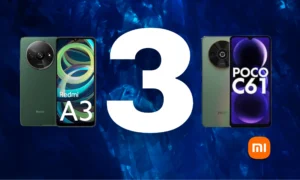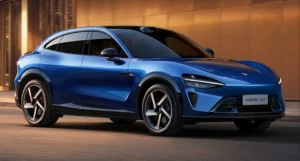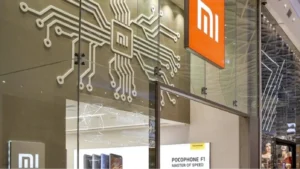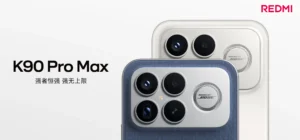HyperOS 3 vs iOS 26: Xiaomi’s Latest OS Under the Microscope
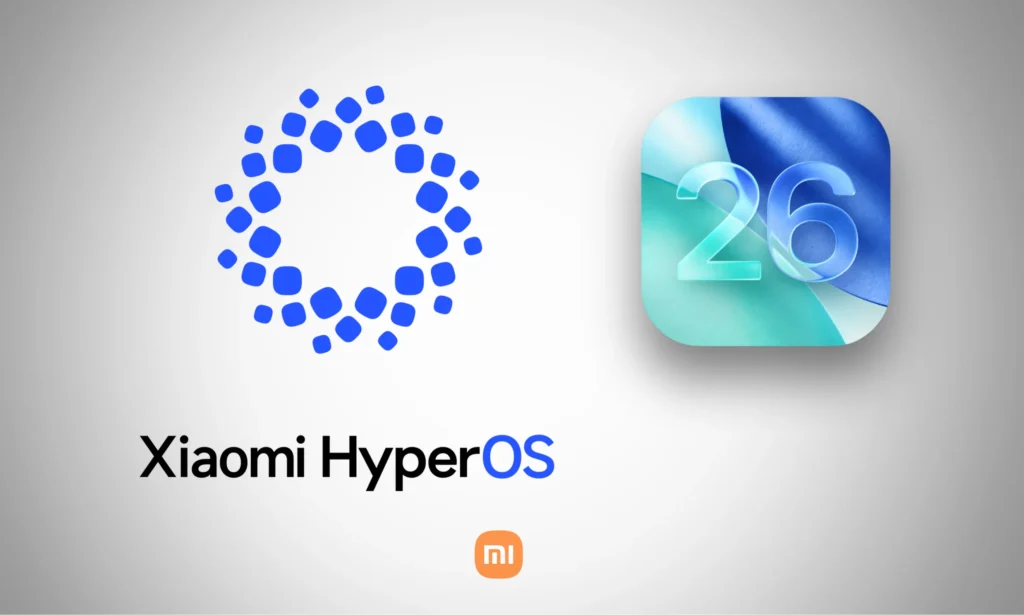
HyperOS 3: Copycat or Evolution? 5 iOS-Like Features That Raise Eyebrows
In the ever-buzzing world of mobile operating systems, the line between inspiration and outright copying can get pretty blurry. And with the arrival of HyperOS 3, Xiaomi’s shiny new take on Android 16, the comparisons to iOS 26 are, well, pretty much unavoidable. Ever since it was first teased, HyperOS 3 has been making waves for its slick new look and features that, let’s be honest, feel a little too familiar to Apple‘s ecosystem. But is this just a case of Xiaomi biting Apple’s style, or is it a logical step in how mobile design is evolving? Here, we’re diving deep into five key elements of HyperOS 3 that seem to take a page straight out of the iOS 26 playbook, breaking down the similarities, the differences, and whether Xiaomi is truly copying or just smart enough to adapt the hottest trends for its massive user base. If you’re a tech head or just curious about what’s new with HyperOS 3, buckle up!
1. The “Liquid Glass” Aesthetic: Transparencies That Echo Apple
One of the most talked-about aspects of HyperOS 3 is its “Liquid Glass” design. This interface is all about transparencies, blurs, and glassy effects for notification panels, widgets, and even folders. Honestly, this visual style is eerily similar to iOS 26’s approach, which also uses transparency to create a modern, airy feel. Word on the street (or rather, from the leaks!) is that Xiaomi has been working hard to make sure these transparent elements remain readable, aiming to nail the balance between design and function – something Apple has sometimes caught flak for prioritizing looks over clarity. Check out the full scoop here!
In HyperOS 3, you’ll notice icons, buttons, and menus appearing to almost float over a softly blurred background, creating a cohesive visual experience that definitely brings the iOS Control Center to mind. But Xiaomi isn’t just stopping there. They’ve added their own flair with smoother animations and customization options that let users tweak the intensity of these effects. This is a pretty clear contrast to iOS 26, where transparencies tend to be more rigid and less customizable. So, is it a copy? Maybe in the initial spark of inspiration, but HyperOS 3 seems to be aiming for a more flexible, user-centric alternative for Android enthusiasts.
Why it matters: This “Liquid Glass” aesthetic isn’t just about looking pretty. It’s about aligning HyperOS 3 with current design trends, making Xiaomi, Redmi, and POCO devices feel genuinely premium and cutting-edge. If you’re after a phone with a seriously eye-catching interface, HyperOS 3 looks like it won’t disappoint.
2. Rounded, Colorful Icons: A Nod to iOS Simplicity
Another point of comparison that’s hard to ignore is the revamped icons in HyperOS 3. Xiaomi has ditched the somewhat flat and monotonous look of previous versions for icons that are bigger, rounder, and have more visual depth – very much in the vein of iOS 26. Think of apps like Camera, Settings, and Notes; they’re now sporting designs with subtle gradients and more vibrant colors, making them look like they could have come straight from an iPhone. See the leaked designs!
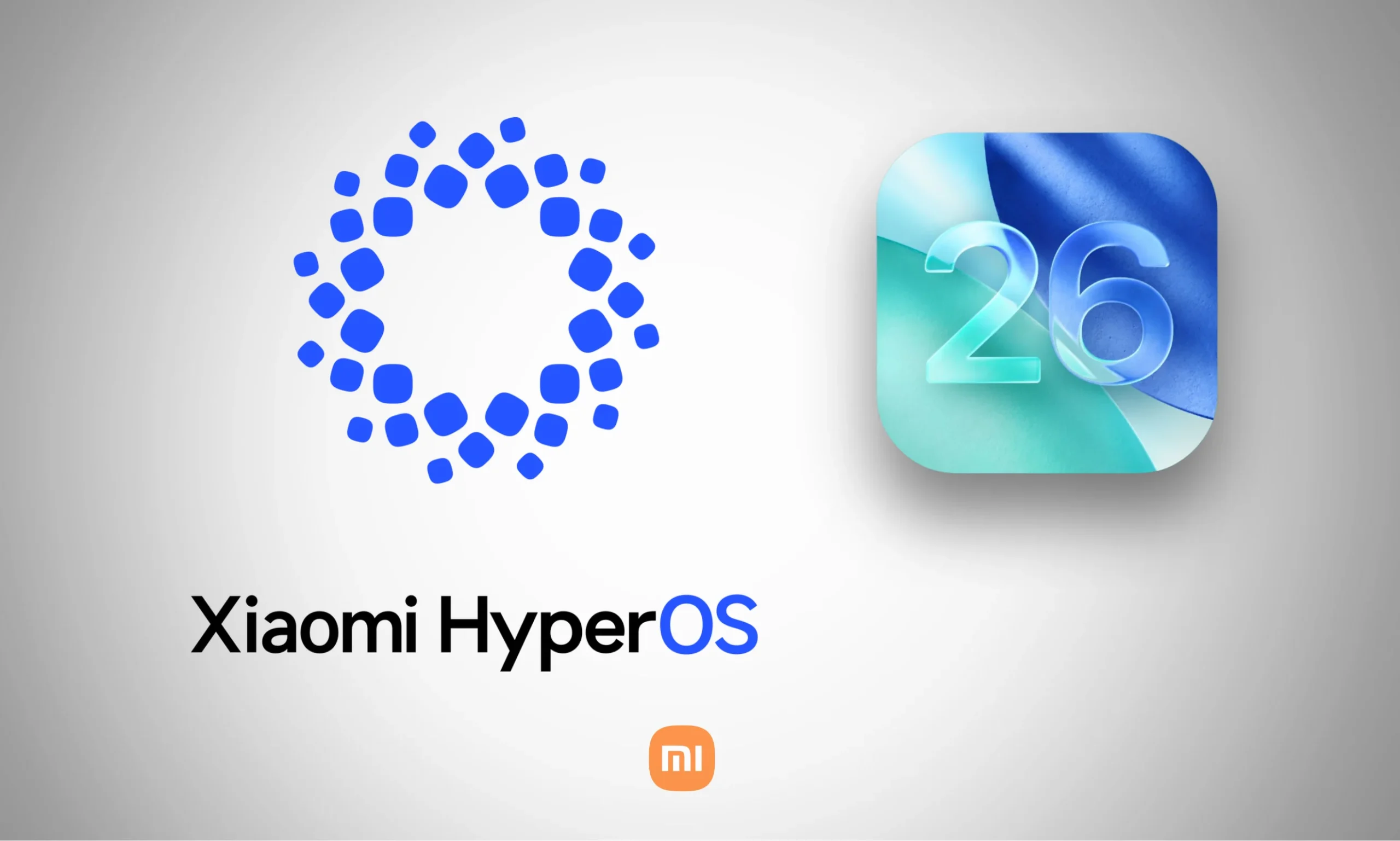
However, Xiaomi isn’t just playing copycat. While iOS 26 leans towards a uniform design language, HyperOS 3 embraces more customization. It integrates Android’s Themed Icons (Material You), allowing users to adapt the colors of their icons to match their device’s theme. Plus, the removal of the search bar from the home screen in HyperOS 3 contributes to a cleaner, more minimalist layout – a move also seen in iOS 26, but with a focus on dynamic widgets in Xiaomi’s case. Get the lowdown on HyperOS 3 changes!
Why it matters: These rounded, colorful icons aren’t just about making the interface look friendlier; they also make identifying apps quicker, which is super important for users of all ages. If you dig the iOS aesthetic but crave the flexibility of Android, HyperOS 3 might just offer the best of both worlds.
3. Super Island: Xiaomi’s Answer to Dynamic Island
One of the headline features of HyperOS 3 is the Super Island. This function cleverly utilizes the area around the front-facing camera to display real-time notifications and events. Sound familiar? Yep, it’s a direct nod to Apple’s Dynamic Island, first seen on the iPhone 14 Pro and refined in iOS 26. But Xiaomi is taking this concept a step further: the Super Island can display up to three simultaneous notification panels, promising a more interactive experience than Apple’s version. Which Xiaomi phones are getting HyperOS 3?
For instance, in HyperOS 3, the Super Island could show a timer, music controls, or live app notifications, and users can interact with them without fully opening the respective app. This mirrors what iOS 26 offers, but Xiaomi’s implementation feels more ambitious, allowing for deeper integration with third-party apps. While the inspiration is clear, Xiaomi has adapted this feature to leverage Android’s inherent flexibility, which could be a major draw for users seeking a more dynamic experience.
Why it matters: The Super Island turns a traditionally underused screen real estate (the camera cutout) into a genuinely functional tool, boosting productivity and the overall user experience. If you’re a heavy multitasker, this feature could be a significant game-changer.
4. Redesigned Control Center: An Echo of the iPhone
The Control Center in HyperOS 3 has undergone a complete makeover, and the similarities to iOS 26’s version are, frankly, undeniable. Those floating buttons, the glassy design, and the layout for brightness and volume controls all scream minimalist Apple style. Plus, Xiaomi has included a compact music widget that lets you control playback without taking up precious notification panel space – a feature that iOS has really popularized. See which iOS features Xiaomi is borrowing!

However, HyperOS 3 isn’t just a carbon copy. It adds its own unique touches, like greater customization for arranging quick toggles and seamless integration with the HyperConnect ecosystem. This allows for easy connection with Xiaomi devices and even compatible third-party brands, including Apple products. This contrasts with the more closed-off approach of iOS, which prioritizes integration within its own walled garden. While the foundational design might be inspired by iOS, Xiaomi has clearly adapted the Control Center to offer a more versatile experience.
Why it matters: An intuitive Control Center is crucial for quickly accessing key functions like Wi-Fi, Bluetooth, or silent mode. HyperOS 3’s take on this combines the elegance of iOS with the practicality that Android users expect, making it ideal for those who want a sweet spot between form and function.
5. AI and Customization: Inspiration with a Unique Twist
Both HyperOS 3 and iOS 26 are really doubling down on Artificial Intelligence (AI) to enhance the user experience. In HyperOS 3, we’re seeing features like AI-powered wallpaper generation, real-time audio transcription, and smart suggestions based on your usage habits. These definitely echo the AI tools found in iOS 26, such as advanced visual search and home screen personalization. Get ready for HyperOS 3!
However, Xiaomi is pushing the boundaries of customization even further. While iOS 26 offers a limited set of options for tweaking the interface, HyperOS 3 lets users modify everything from dynamic wallpapers to widgets and the lock screen layout. On top of that, HyperOS 3’s integration with the HyperConnect ecosystem enables fluid interaction with IoT devices from over 9,000 brands – something iOS simply can’t match due to its more restricted approach. Dive into the world of Xiaomi HyperOS!
Why it matters: AI and customization are undeniably the future of mobile operating systems. HyperOS 3 isn’t just hopping on the trends set by iOS 26; it’s amplifying them with a more open approach, making it a really attractive option for users who want an operating system that truly adapts to their needs.
Copy or Evolution? The Verdict is In
So, is HyperOS 3 just copying iOS 26? The answer isn’t quite that simple. It’s undeniable that Xiaomi has drawn significant inspiration from iOS 26’s design language and features, from the “Liquid Glass” aesthetic to the Super Island and the redesigned Control Center. But these similarities aren’t just about imitation. Xiaomi has cleverly adapted these features to align with what Android users value most: customization, flexibility, and compatibility with a broader ecosystem. Is HyperOS 3 too much like iOS 26?
Besides, the history of technology is packed with examples of “mutual inspiration.” Apple itself has adopted features from Android, like widgets and home screen customization, while Android has borrowed elements from iOS, such as minimalist design and fluid animations. In this context, HyperOS 3 isn’t so much copying as it is participating in a continuous dialogue between the two mobile OS giants.
Which Xiaomi Phones Will Get HyperOS 3?
HyperOS 3 is slated to be compatible with a massive 96 devices across Xiaomi, Redmi, and POCO lineups, covering everything from premium flagships to mid-range models and tablets. Based on leaks, the rollout is expected to kick off in October 2025 in China, with a global launch likely in December 2025 or January 2026. Some devices will snag HyperOS 3 built on Android 16, while others will remain on Android 15, depending on their hardware capabilities. Check the full list of compatible devices!
Expect the Xiaomi 15, Redmi Note 14, and POCO F7 Ultra to be among the first to receive the update, among many others. If you’re rocking a Xiaomi device, you can always check its compatibility directly through the official brand app. Admire the stunning new HyperOS 3 icons!
Conclusion: HyperOS 3, a Contender with Its Own Personality
HyperOS 3 is, without a doubt, shaping up to be one of Xiaomi’s most ambitious updates yet. While its design and features do bring iOS 26 to mind, Xiaomi has managed to inject its own unique flavor, offering an experience that blends Apple’s elegance with Android’s renowned flexibility. From the sleek “Liquid Glass” aesthetic to the innovative Super Island, HyperOS 3 isn’t just aiming to compete with iOS; it’s looking to set a new benchmark for Android custom ROMs.
If you’re in the market for a Xiaomi, Redmi, or POCO phone, HyperOS 3 promises a modern, customizable, and smooth user experience. Is it a copy? Perhaps in some aspects, but it’s a smart copy that enhances and adapts iOS 26’s ideas for a broader audience. What do you think? Is HyperOS 3 an evolution or a straight-up imitation? Drop your thoughts in the comments below!
Keywords: HyperOS 3, iOS 26, Xiaomi, Android 16, Liquid Glass, Super Island, Control Center, Customization, AI, Compatible Phones.
Note: This article is based on leaks and official announcements available as of September 2025. Final HyperOS 3 features may vary upon its official release.
